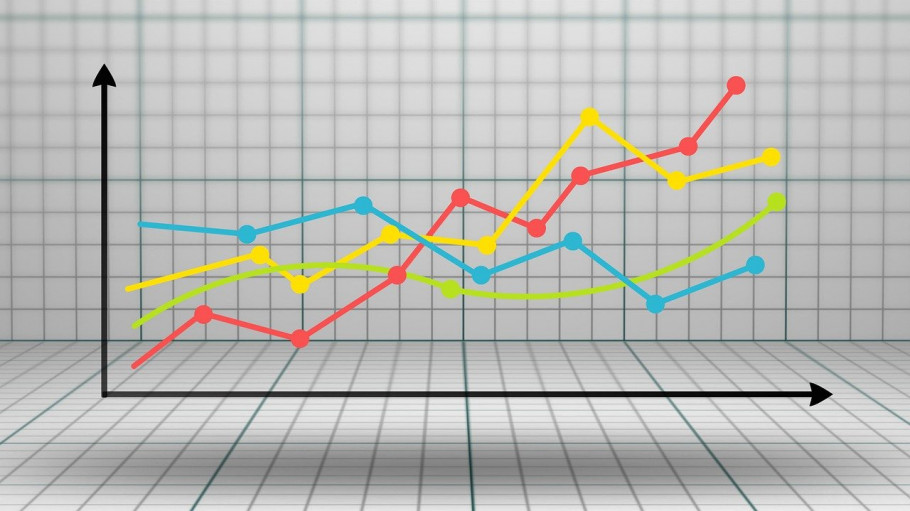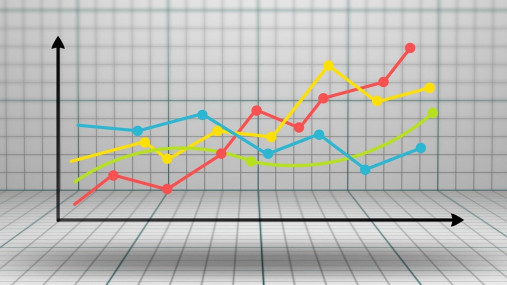
Publications » Position papers » Joint statement: energy-intensive industries urge swift action to tackle unprecedented energy crisis
Joint statement: energy-intensive industries urge swift action to tackle unprecedented energy crisis
Downloads and links
Recent updates

Brussels, 20 October 2021 - Ahead of the European Council meeting, industry calls for immediate support to address the skyrocketing energy prices which endanger the post pandemic recovery, coupled with structural measures securing the affordable low carbon energy required to meet the objectives of the EU Green Deal.
Gas and electricity prices have been rising exponentially in the last weeks and months, registering 4-to-5-time increases in comparison to last year. The main reasons for this situation are the imbalances in the gas market (which represents the primary short-term element), seasonal factors that have reduced renewable energy production, reduced nuclear energy production and increased carbon costs passed on in electricity prices.
Energy-intensive companies that are most exposed to such price spikes have been forced to react by curtailing and/or temporarily closing plants. Protracted high prices on the spot markets are also being reflected in the futures for the first semester of 2022. Such a trend represents a major threat for the full post pandemic recovery.
In addition, access to affordable low carbon energy sources represents a key condition for a competitive transition of energy intensive industries towards the climate neutrality target. Therefore, protractedly high and/or more volatile energy prices risk also jeopardising their transformation in the medium term.
The toolbox presented by the European Commission last week provides an overview of the measures that can be taken in the short term to support households and industry. We urge national authorities to exploit the full potential of the toolbox. However, it is clear that this unprecedented crisis requires additional, urgent initiatives.
In order to address the imbalances of the gas market, the EU should fully use its commercial and diplomatic pressure on the major gas suppliers. Furthermore, ad-hoc state aid rules are necessary to enable member states to react more prominently than currently allowed during periods of energy market stress. At the same time, a close monitoring mechanism of electricity and gas markets needs to be established to prevent further ‘outages’ during the upcoming winter.
While the ongoing crisis is linked to several conjunctural factors, its effects provide also important medium-term indications for the Fit for 55 Package and the overall climate and energy regulatory framework:

Download this publication or visit associated links
Brussels, 12 November 2024 - Ahead of Commissioner-Designate Séjourné’s hearing in the European Parliament, European steel social partners, supported by cross-party MEPs, jointly call for an EU Steel Action Plan to restore steel’s competitiveness, and save its green transition as well as steelworkers’ jobs across Europe.
Brussels, 29 October 2024 – The European steel market faces an increasingly challenging outlook, driven by a combination of low steel demand, a downturn in steel-using sectors, and persistently high import shares. These factors, combined with a weak overall economic forecast, rising geopolitical tensions, and higher energy costs for the EU compared to other major economic regions, are further deepening the downward trend observed in recent quarters. According to EUROFER’s latest Economic and Steel Market Outlook, apparent steel consumption will not recover in 2024 as previously projected (+1.4%) but is instead expected to experience another recession (-1.8%), although milder than in 2023 (-6%). Similarly, the outlook for steel-using sectors’ output has worsened for 2024 (-2.7%, down from -1.6%). Recovery projections for 2025 are also more modest for both apparent consumption (+3.8%) and steel-using sectors’ output (+1.6%). Steel imports share rose to 28% in the second quarter of 2024.
Fourth quarter 2024 report. Data up to, and including, second quarter 2024